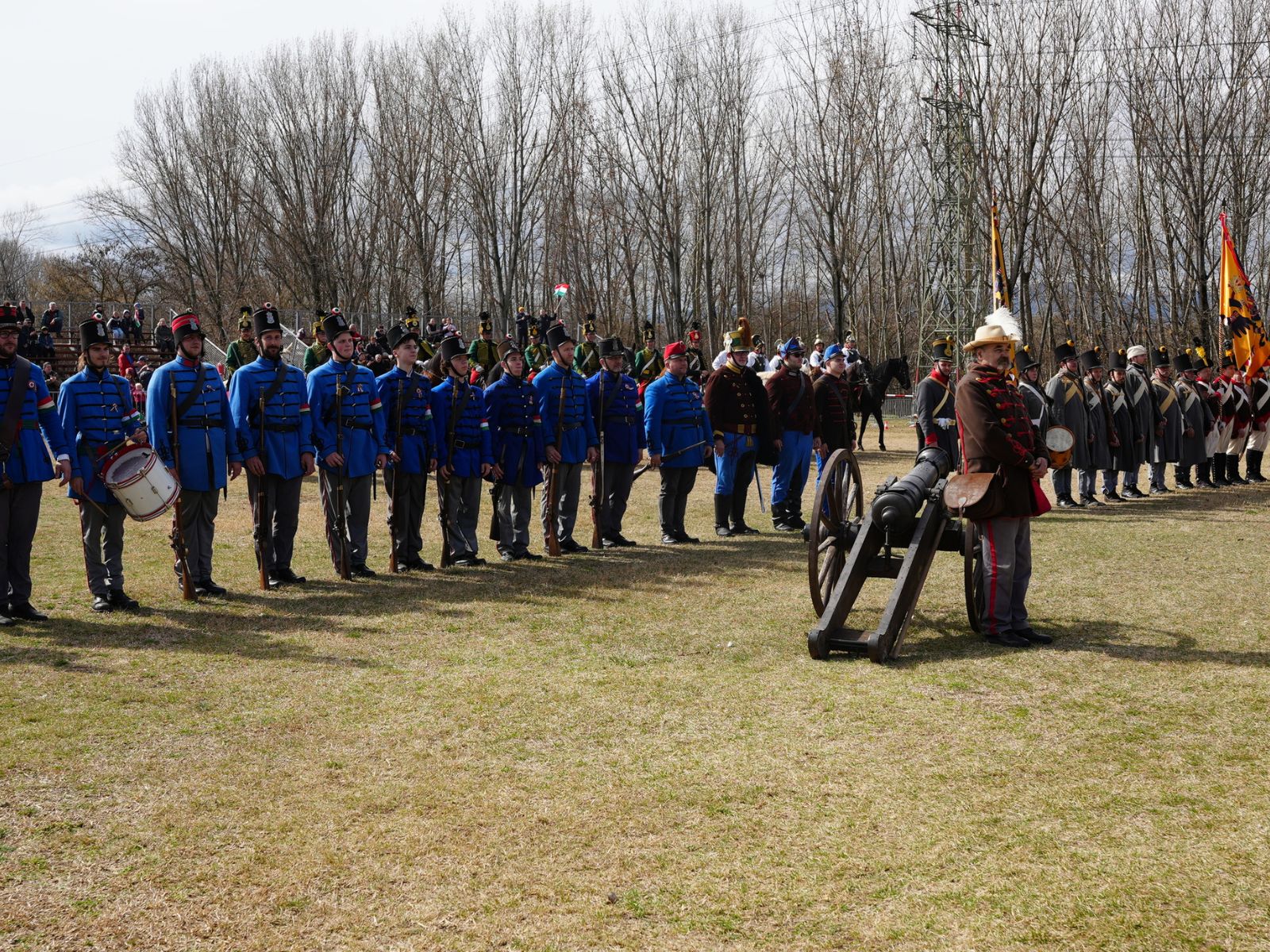
Szatmárnémeti elismert kutatójára emlékezünk
Bura László sokoldalú kutató volt, nyelvészettel, névtannal, helytörténettel, egyháztörténettel, néprajzzal és népköltészettel is foglalkozott.
Alapkiadvány lett a jezsuita atya tankönyve
A latin nyelv évszázadokon keresztül meghatározó volt a magyarországi művelődéstörténetben, így izgalmas kérdés, hogyan és milyen tankönyvekből sajátították el eleink ezt a különleges nyelvet.

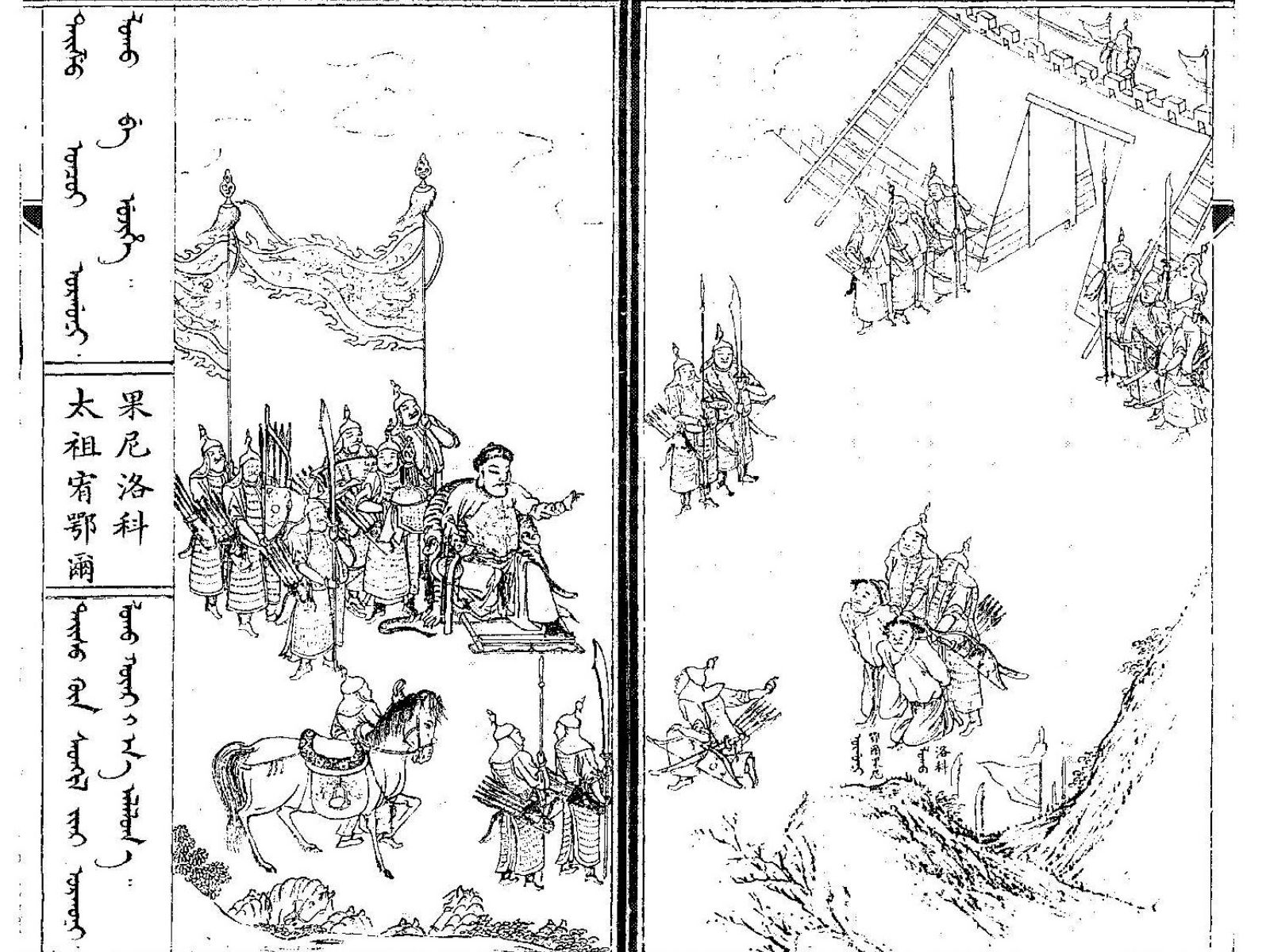
Kuruzslás vagy mesterfogás?
Igen sajátságos módon látták el a mandzsu dinasztia megalapítójának, Nurhacsinak súlyos sebeit annak idején. A szokatlan „gyógymódra” nálunk is több példa akadt.
Tennivaló Gyümölcsoltó Boldogasszony napján
A magyar néphagyományban a Gyümölcsoltó Boldogasszony napja fontos esemény volt, ugyanis nagyjából ebben az időben oltották a gyümölcsfákat.
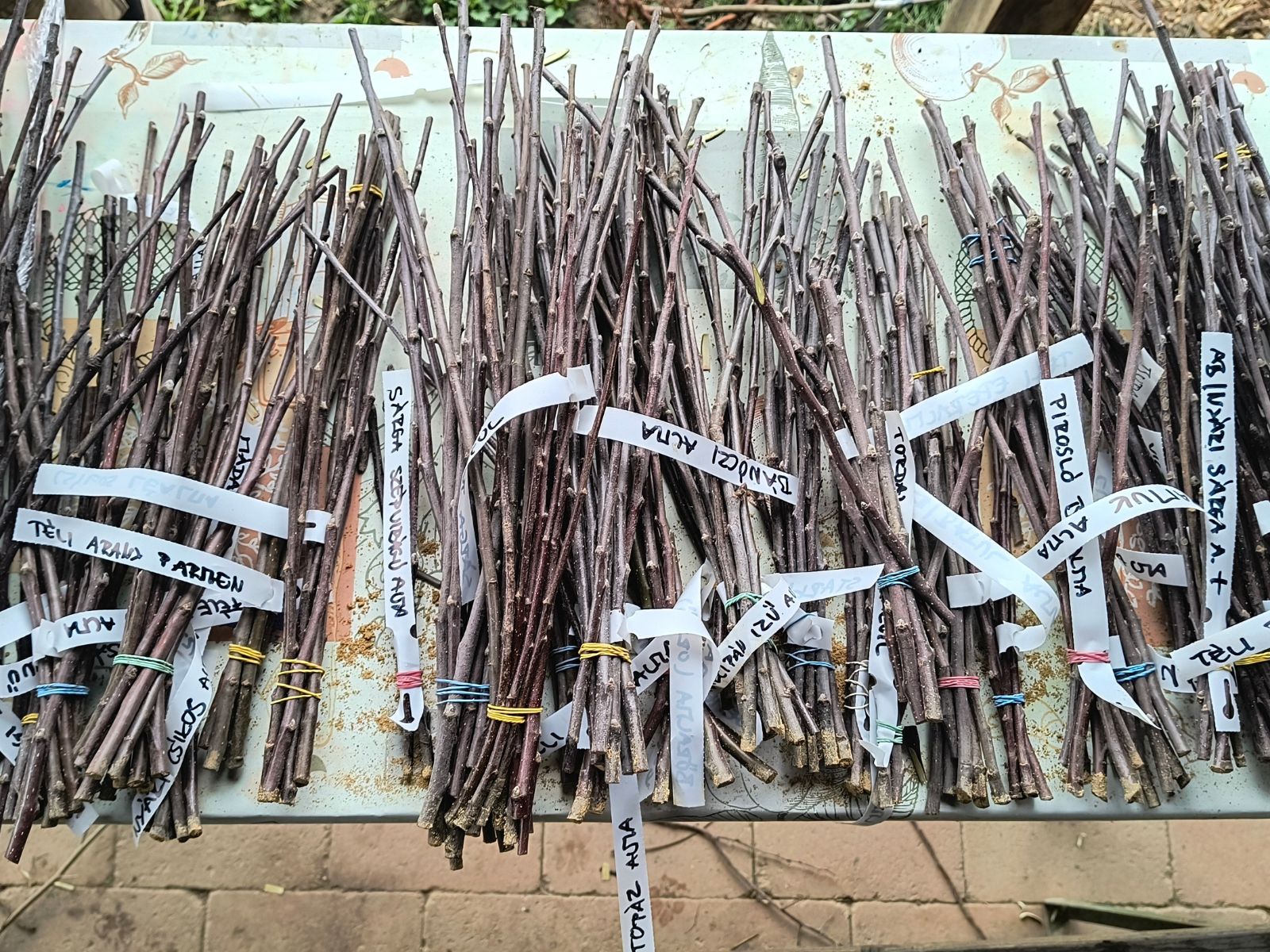

Meghosszabbították Prof. Dr. Kásler Miklós főigazgatói kinevezését
Hankó Balázs kultúráért és innovációért felelős miniszter a törvényi előírások alapján meghosszabbította Prof. Dr. Kásler Miklós főigazgatói kinevezését. Az intézet tudományos főigazgató-helyettesének Dr. B. Szabó János történészt nevezte ki.
Egybe vagy külön?
Első hallásra ennél nem is lehet egyszerűbben megválaszolható kérdést feltenni: a szavakat általában külön írjuk le egymástól. Néha pedig egybe. Néha. De általában mikor is? Ezúttal a különírás-egybeírás alapeseteit vesszük sorra.
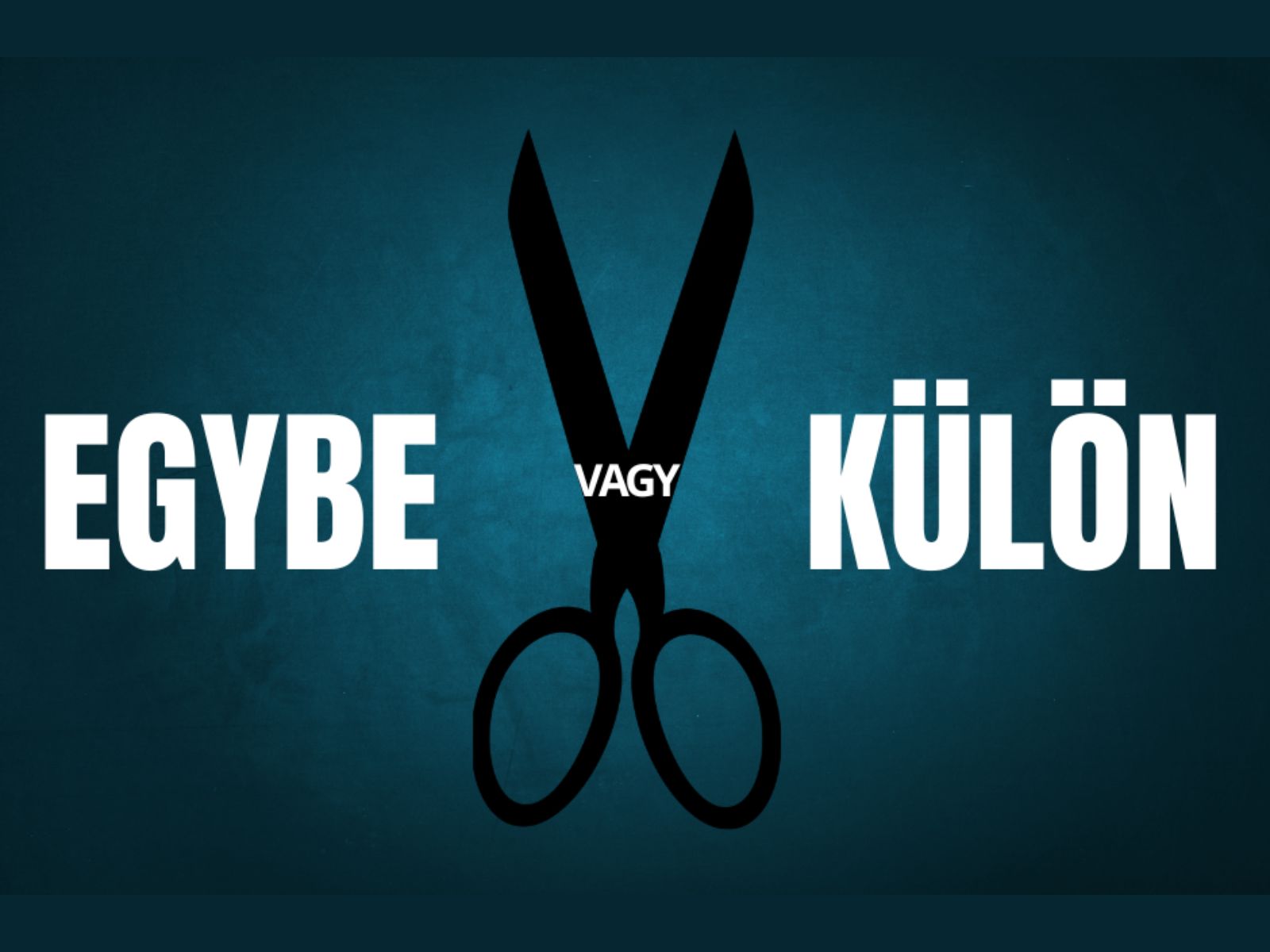

A tudomány nem felejt
Minden nemzet története egy tévésorozat, ami akkor képes fönnmaradni, ha valami különleges történik – a többi között ezt a gondolatot osztotta meg a Magyarságkutató Intézet Archeogenetikai Kutatóközpontjának igazgatója a Mandiner olvasóival.
A történészmesterséget mutatják be a Magyarságkutató Intézetben
A történész mestersége címmel új beszélgetéssorozatot indított a Magyarságkutató Intézet, amely a hivatást gyakorlók munkájának izgalmas kérdéseire ad választ.
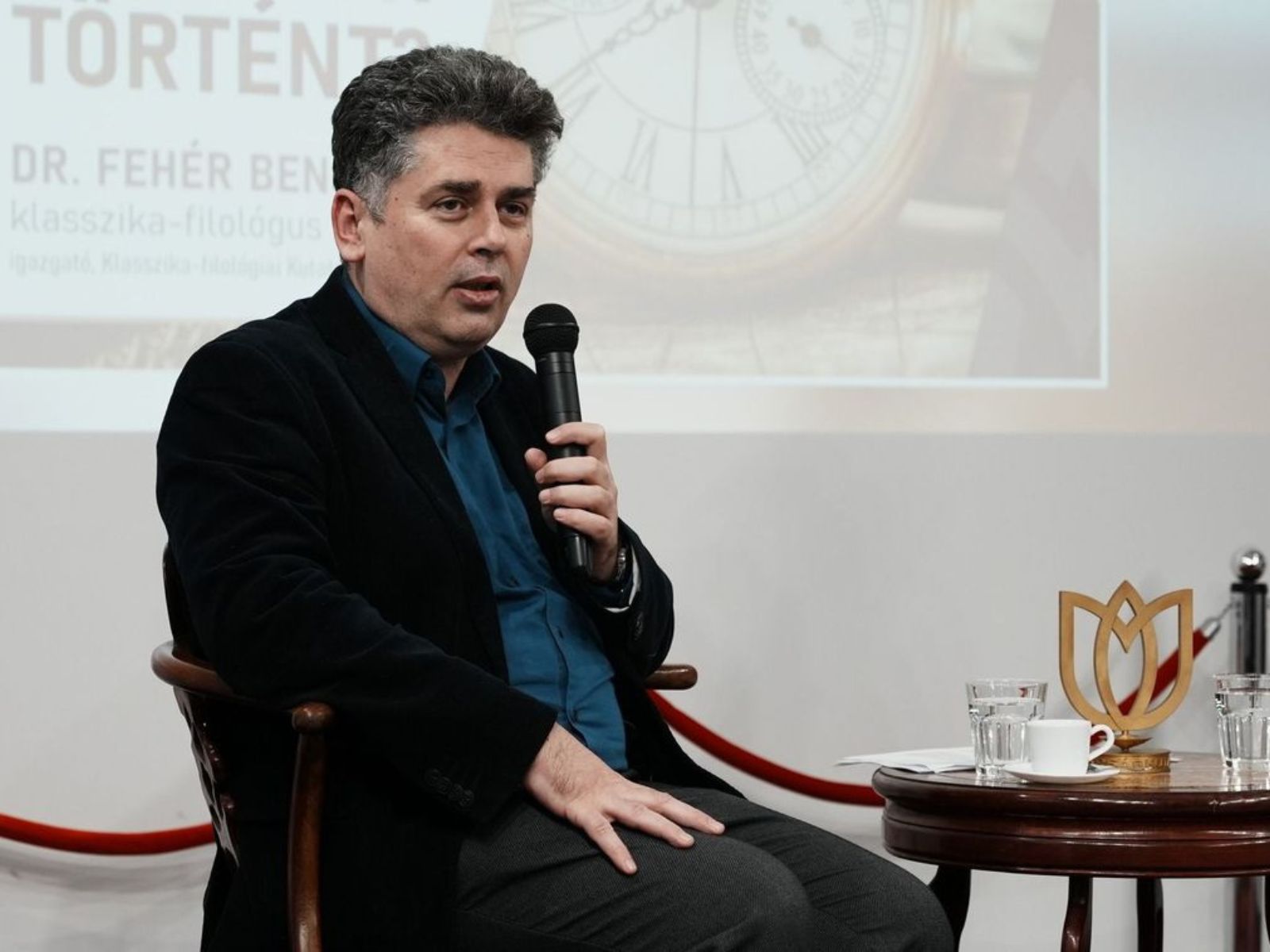
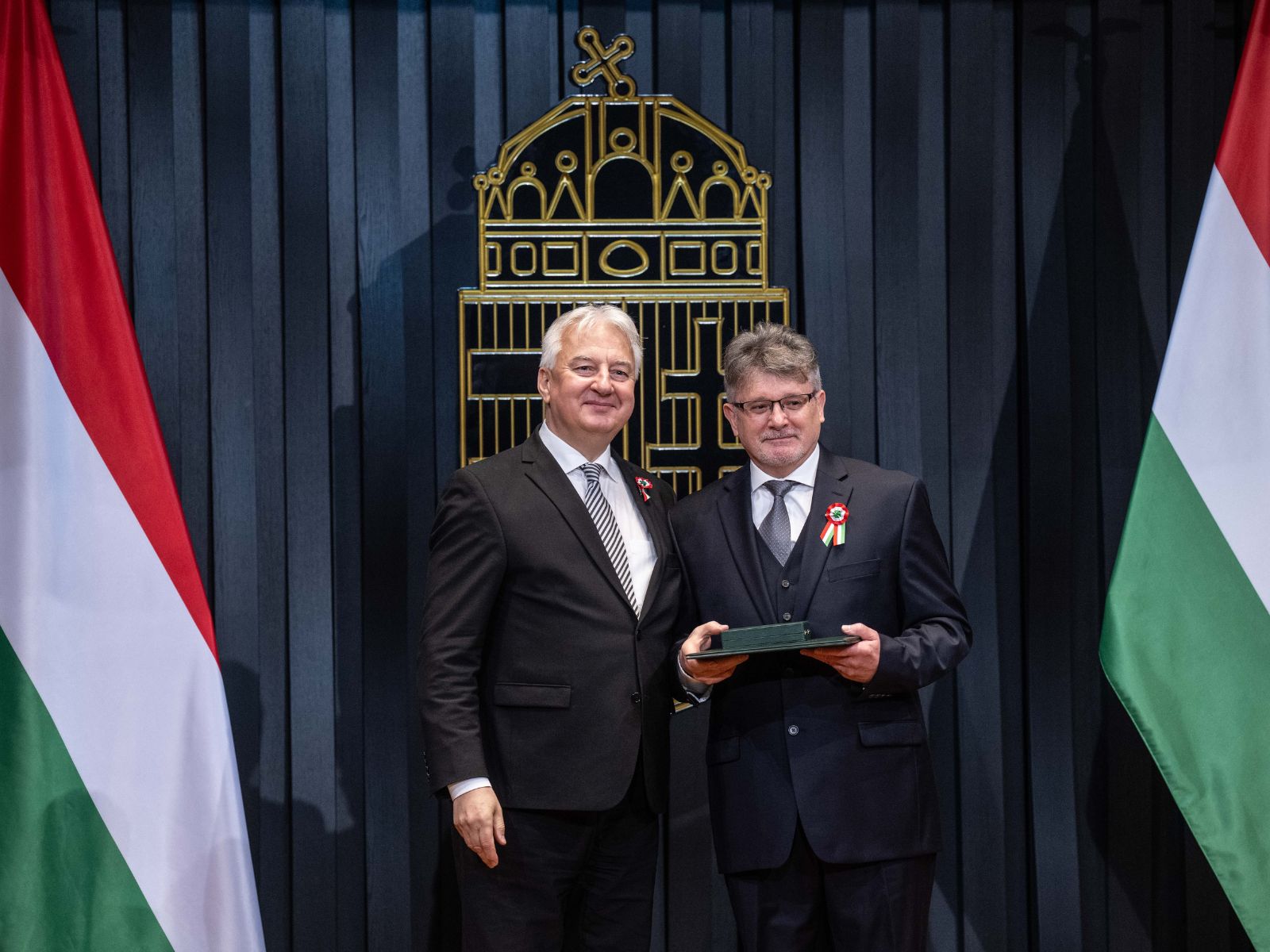
Kitüntetést kapott munkatársunk
A magyar kulturális örökség feltárása és megőrzése érdekében végzett munkája elismeréseképpen a Magyar Érdemrend Lovagkeresztjével tüntették ki Dr. Csornay Boldizsár klasszika-archeológust, a Magyarságkutató Intézet tudományos főigazgató-helyettesét.
Ott voltunk a Katonadombon
Rendhagyó módon emlékezett Dunakeszi 1848–1849 hőseire március 16-án, vasárnap.
